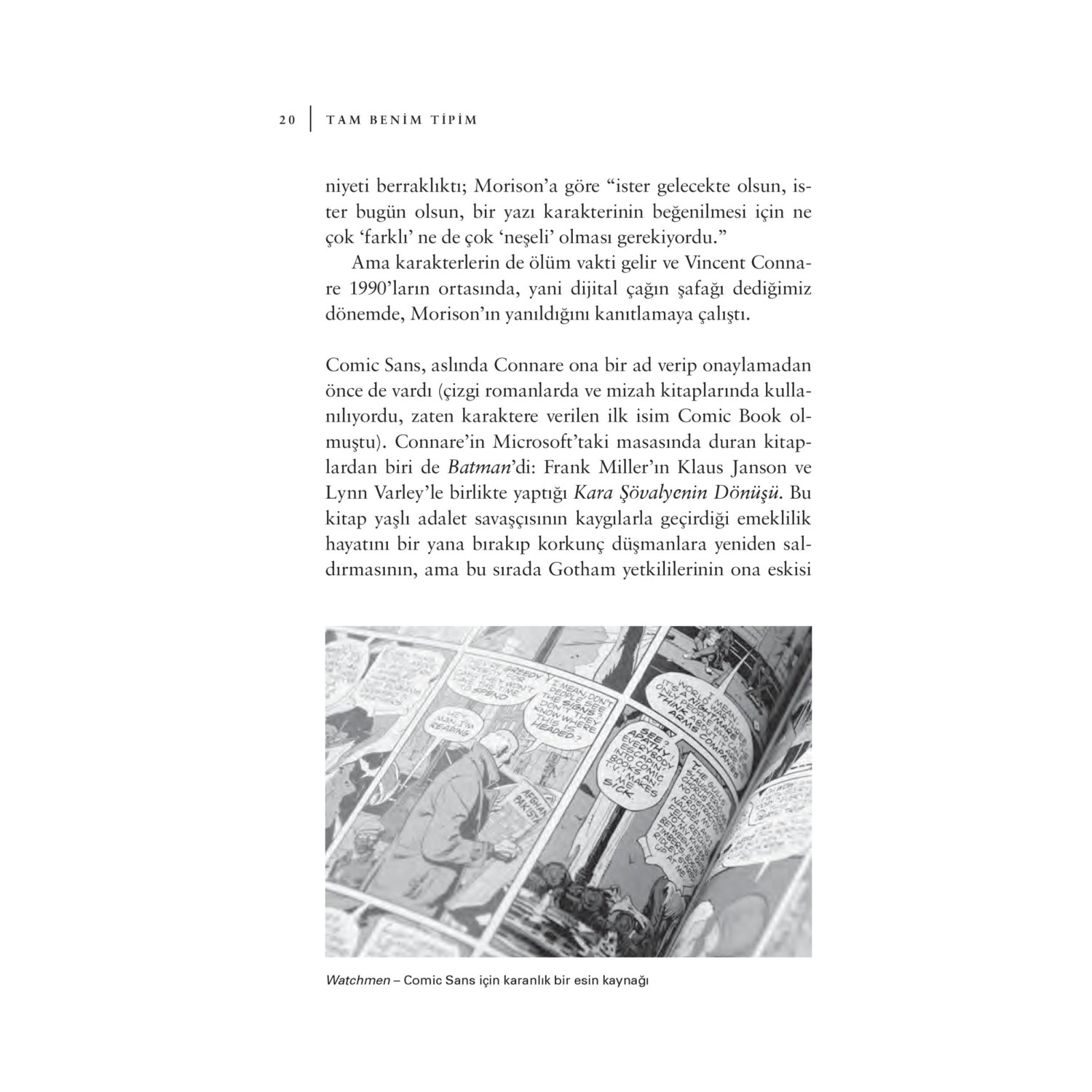

Used in the wrong context, it can cause irritation amounting to fury, and there is a notorious Internet campaign (not 100% serious? I can’t decide) to obliterate it. This a design inspired by the hand-drawn letters in comic book speech bubbles, and expresses naivety and light-heartedness. The first chapter in the book is about Comic Sans – the typeface that divides humanity. Fonts can evoke a mood, a period or a place, match a style, even express a gender (the designer of the cover of Men are from Mars, Women from Venus made two choices, expressing two stereotypes – discuss!). We can choose our favourites, be playful or serious, and express our personality. Now fonts are at the beck and call of us all, thanks to PCs and word processing.

Helvetica, Gill Sans and Johnston Sans are the backdrop of our lives, on traffic signs, logos and name plates of underground stations. Their names are so intriguing – anything but Times New Roman, please: Baskerville, Bembo, Bodoni, Garamond are just some of the beautiful ones. The appearance of words on a printed page is easy to take for granted, but it does not take much delving to be captivated by fonts. It is emphatically a book about Type and not about Printing – very little about the craft of the printer, but lots and lots about the art of the type designer and the designer with type, and the effect of their designs on readers and viewers. It’s certainly more accessible than the manuals and textbooks I remember from studying librarianship – though I found them fascinating. This book is an enjoyable exploration of the history and significance of type, and the perfect gift for a curious reading addict. It is so hard to describe the effect it has – how it is always possible to tell if it works or not. It was a classic example of the subliminal influence of type. It looked absolutely vile next to the airy, clean lines of the well-loved BBC logo (in Gill Sans). It formed part of the word Proms (the other lower case letters weren’t much better), in our face, displayed all over the Royal Albert Hall as their new logo. It was a nasty, curly, tasteless, bloated thing, with a flashy exaggerated serif at the foot and a meaningless blob where the body should have been enclosed.

This book was a Christmas present from a friend who was inspired to give it to me after a deeply sympathetic conversation we’d had last summer about our shared hatred for a gigantic capital P.


 0 kommentar(er)
0 kommentar(er)
